Gazelle Peninsula, East New Britain
19th century
Wood
Length : 113 ; L. : 9 cm
A monoxyle wood head with a shiny patina, cylindrical handle, curved in the middle and carved at each end with a tapered point.
“In New Guinea, the circumstances in which clubs are used are very specific.
During wars, whatever form they might take - ambushes in dugouts as in the lowland swamps, confrontations in open, dedicated places
dedicated places, surprise attacks on villages leading to their complete destruction - combatants
used only throwing weapons such as assegais, javelins or stones, while bows and arrows
while bows and arrows were and still are used for hunting. Nowadays, wooden
wooden clubs are still reserved for conflicts between inhabitants of the same village
or between allied villages - the aim of these confrontations not being, a priori, to kill or shed blood
bloodshed, but to wound and neutralize the opponent. They are used by both men and women
by both men and women, although in the Sepik at least, they are considered to be the women's weapon par excellence.
women's weapon par excellence (fig. 86).
[...] Objects of authority, they enable us to defend the place of each
the place of each offspring group. Unlike the shields used on the battlefield
on the battlefield, they do not carry a message identifying each combatant.
In a village, they are known to all, and their history is often associated with a powerful and remarkable ancestor.
ancestor. For this reason, they are kept either in special enclosures
in the men's houses (Wassman quoted in Obrist, 1979-1985), or near the central pillar
central pillar near the great assegais and ancestral figures gathered in the house of a clan chief, with each man of the clan able to come and present offerings to them when the need arises.”
Interview in the exhibition catalog Pouvoir et Prestige, Art des massues du Pacifique, edited by Steven Hooper, Skira, Musée du quai Branly Jacques Chirac, Sept. 8-25, 2022, p. 250-251.
Illustrative photograph from Dreissig Jahre in der Südsee, by Richard Parkinson, published in 1907.
On base Jacques Lebras
Text and photos © FCP CORIDON
Ref : LP. :5297











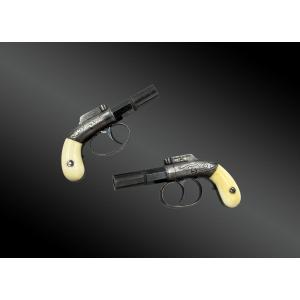
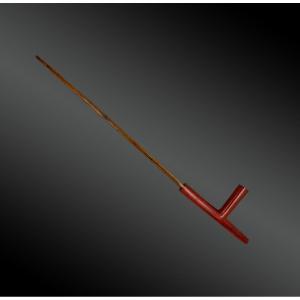
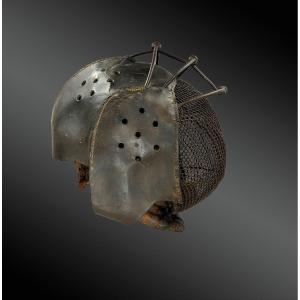
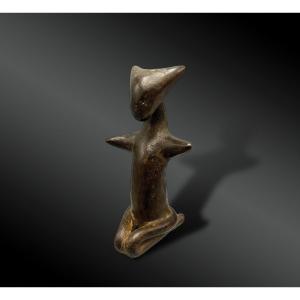


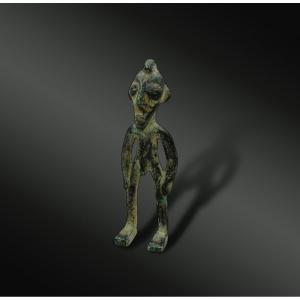


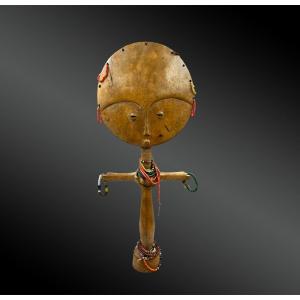
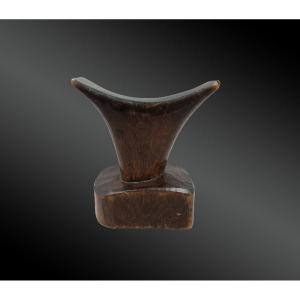

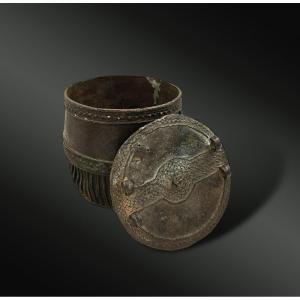




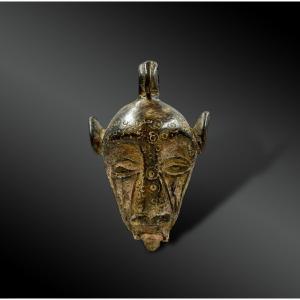





 Le Magazine de PROANTIC
Le Magazine de PROANTIC TRÉSORS Magazine
TRÉSORS Magazine Rivista Artiquariato
Rivista Artiquariato